It was the week before I moved house and I was haring around, begging local businesses for old cardboard boxes and dropping off unwanted possessions at charity shops and recycling centres. After donating some books and clothes to the Liskeard branch of British Heart Foundation I realised I was not much more than ten minutes from the village of Minions, which forms a gateway of sorts to Bodmin Moor. I reckoned I could spare an hour or so before the next lot of jobs and that it would probably be my last chance to see the moor before I left Cornwall, so I decided to head there for a quick walk.
Minions - which comes from “menyon”, the Cornish for stones - is most famous for its granite tor The Cheesewring and its early Bronze Age stone circle The Hurlers but what I like most about it is that, between some of its houses, it has a bridleway where an unusually inquisitive and personable gang of sheep tend to congregate. As an example, here’s the one that was right up in my grill, as soon as I arrived there.
And some of the disreputable company she keeps.
Soon, the bridleway becomes a footpath, and, almost directly on top of it, around a quarter of a mile away, stands a weatherlashed cottage, built prior to the Industrial Revolution, which is currently being renovated. I first discovered the cottage on Rightmove, a website I liked to look at a lot a year or two ago to torture myself by fully addressing the bare facts of how hard it would be for me to purchase a house, especially a romantic one, on a moor, near some charismatic sheep. I became significantly more interested in the cottage upon discovering that, for around a decade and a half, from 2005, a man called Tony Trewin used lived there with a housetrained highland bull called Scrunch.
Way back before Tony found Scrunch as a freezing calf in the snow and bottle-fed him to health, before the owner of the ruin had taken pity on Tony and allowed him to live there, Tony had worked as a butcher. After getting to know Scrunch, he said he could not imagine doing such a job again.
Scrunch would often wander over to meet the rest of his temporary herd, sometimes arriving back at the cottage with a ladyfriend or two. But he could never stay away for long, always returned to Tony. Scrunch’s favourite foods were cheddar, baked beans, Rizlas and teabags.
When I read about Tony and Scrunch, and watched John McFarlane’s 2018 short film about them I was reminded of the man who used to take his cow for a walk in the village where I grew up in Nottingham, very matter-of-factly, as if it was his pet dog, and I was pleased to be able to use my mum and dad’s archive of photos to verify that this was not a false memory.
Tony and Scrunch both died a few years ago, within a short time of one another, and the cottage now looks quite different.
However, before it was purchased, in 2022, and the renovation began, I went to see it in its spectral interim state. I was with my partner that day and I am not sure precisely what we were looking for: perhaps some residual shadow of Tony and Scrunch, rather than any physical evidence. I remember that it had been a bright warm week, when some of the cattle near where we lived had broken out of their field and marauded excitably - excitably for cattle, anyway - through the village, taking great happy bites out of the blossoming hedgerows.
But when we reached Bodmin Moor a cloud sucked us into its nexus, as if we had passed through an interdimensional portal into a squelchy sunless otherland. We took photos of one another on the way there which transformed us into ghosts and we only realised the cottage was there when it materialised out of the gloop, eight or nine yards in front of us.
There were lots of poignant sights in the cottage’s overgrown garden, including threadbare armchairs that Scrunch had once mischievously hornbutted around the place, and Tonys old thermometer and a rusty kettle nailed to a tree. The roof looked like a moth could have landed on it and brought the whole place to the ground, which emphasised just what basic conditions Tony lived in for all those years. We were very conscious that Tony and Scrunch’s ashes were somewhere here, beneath our feet, but what hit me hardest, for reasons I can’t quite explain, was a cheap-looking faded postcard of some happy cattle, behind one of the half-boarded up windows, presumably remaining from Tony and Scrunch’s tenancy. It’s still the image that stays with me most from the day.
The other image from that spring that has stayed with me most vividly is also cattle-related: a very young bullock we saw, on the edge of Dartmoor, near our house, when we were driving the high lane home. The bullock had a “dance like nobody’s watching” air about it, clearly believing itself to be unobserved as it belted joyfully across the field, dipping and leaping, as if discovering for the first time that it possessed legs. I pulled the car over to the grass verge just so we could watch, and inevitably we both thought of Scrunch. But we didn’t take any photos of that bullock. You rarely do, when something comes of nowhere and flabbergasts you with its simplistic beauty. Everything moves on, a different picture moves in to occupy the frame, as the rules of the universe dictate, and it’s often in those moments, directly after the flabbergasting, beautiful thing has been witnessed, when the bittersweet fact of that seems most apparent.
If you’d like to support my writing by taking out a full annual subscription to this page, I will send you signed paperbacks of my books 21st-Century Yokel, Ring The Hill and Notebook and a signed hardback of my recent novel 1983. Once you have taken the subscription please email me at hello@tom-cox.com with your address and I’ll get the books straight out to you.




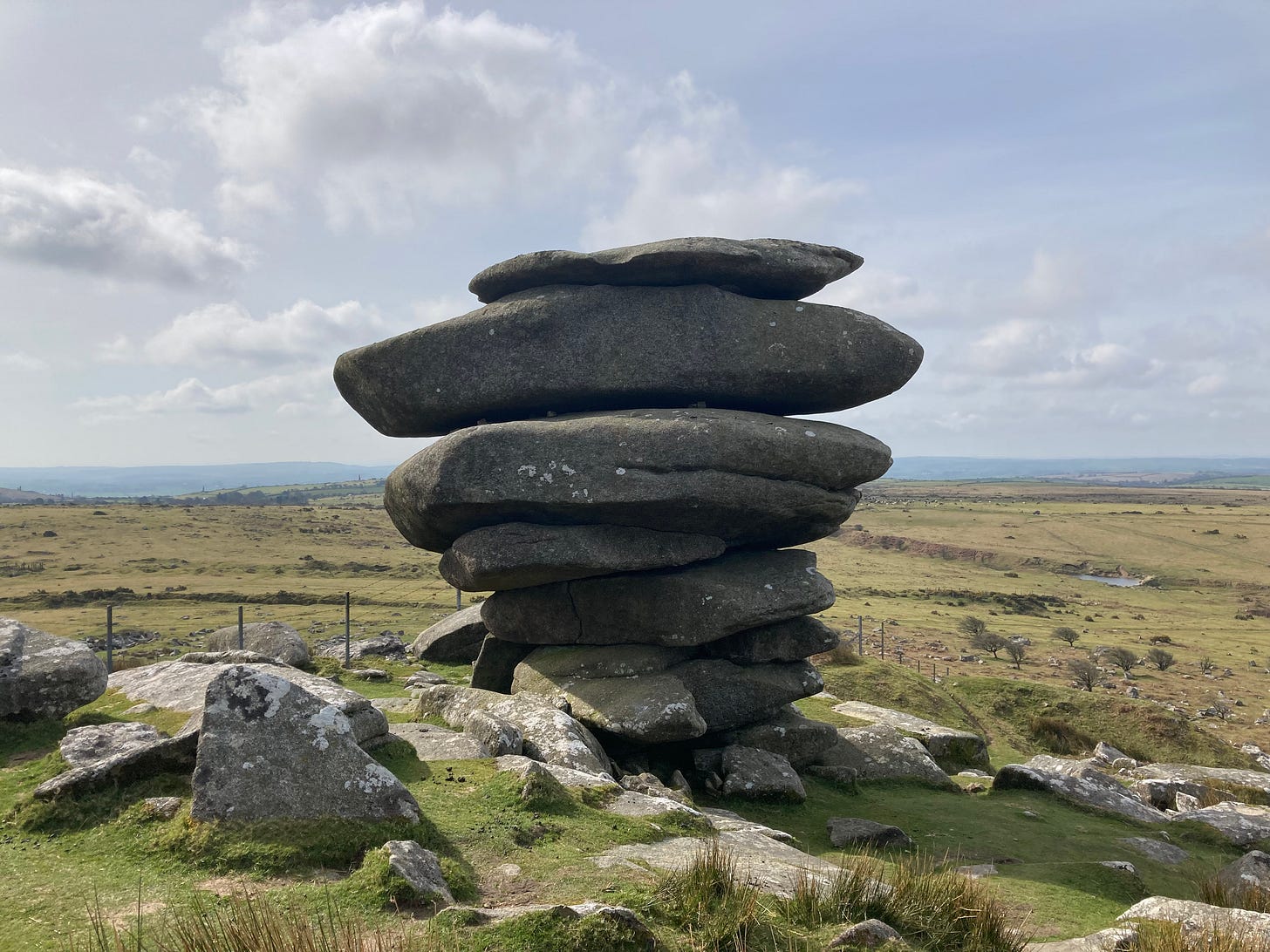
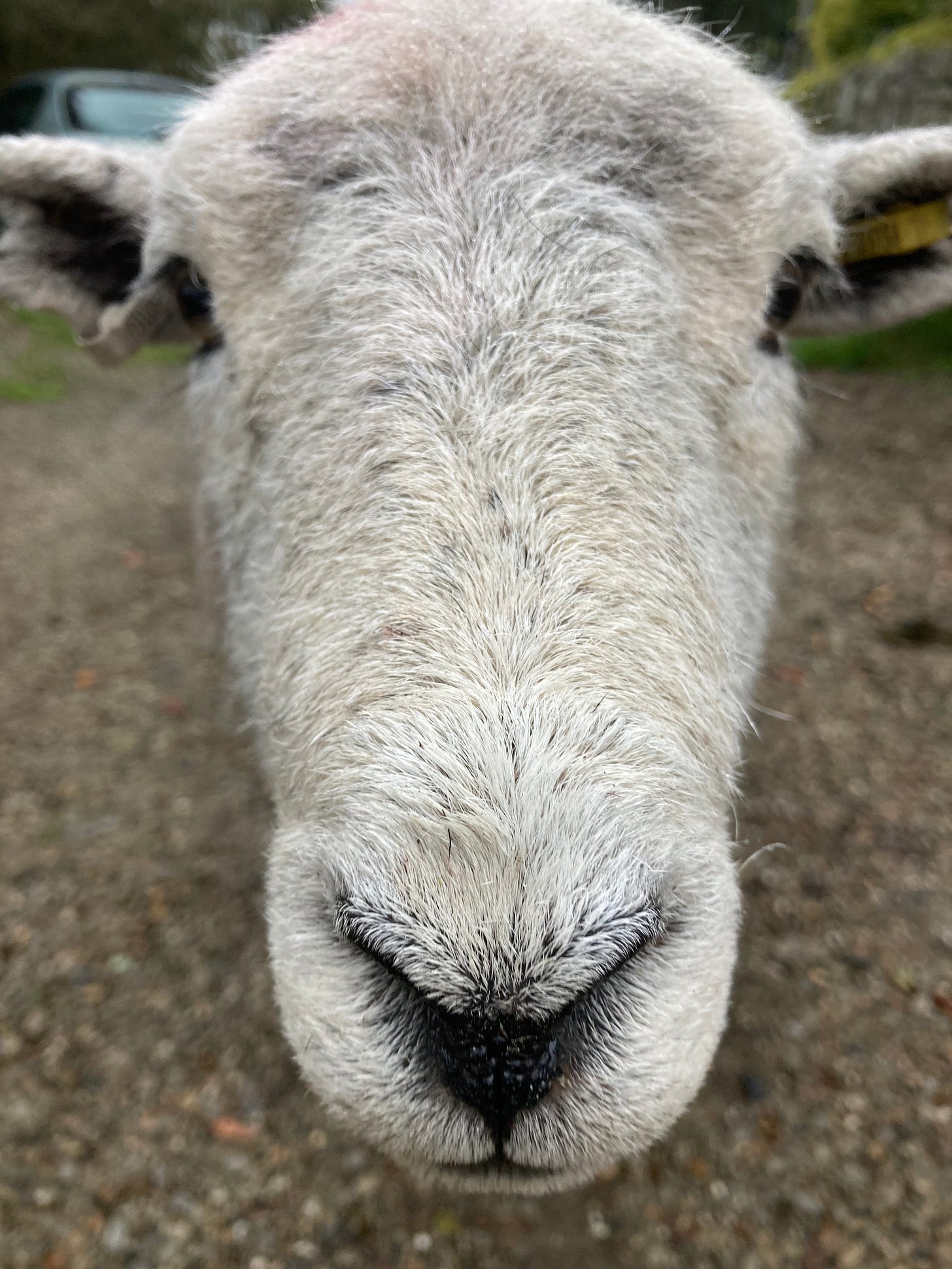

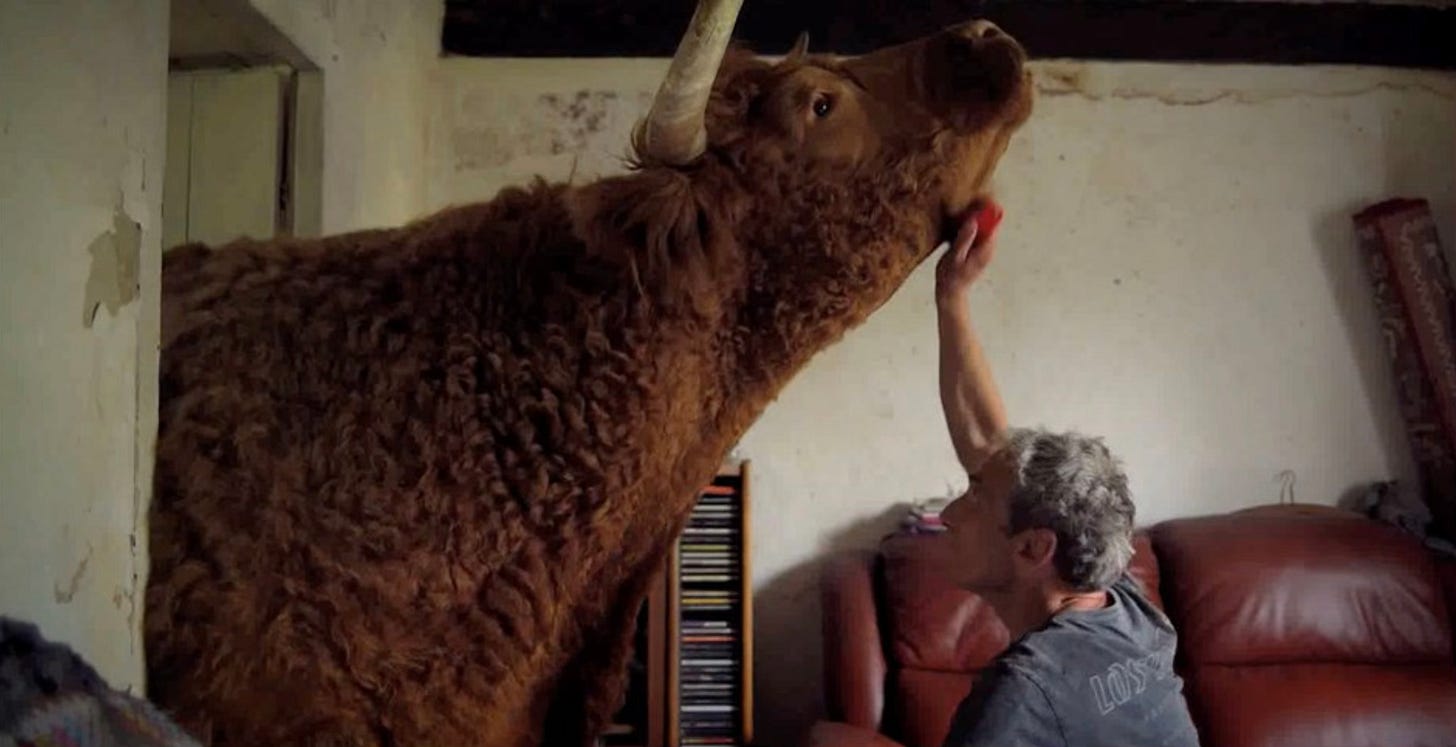


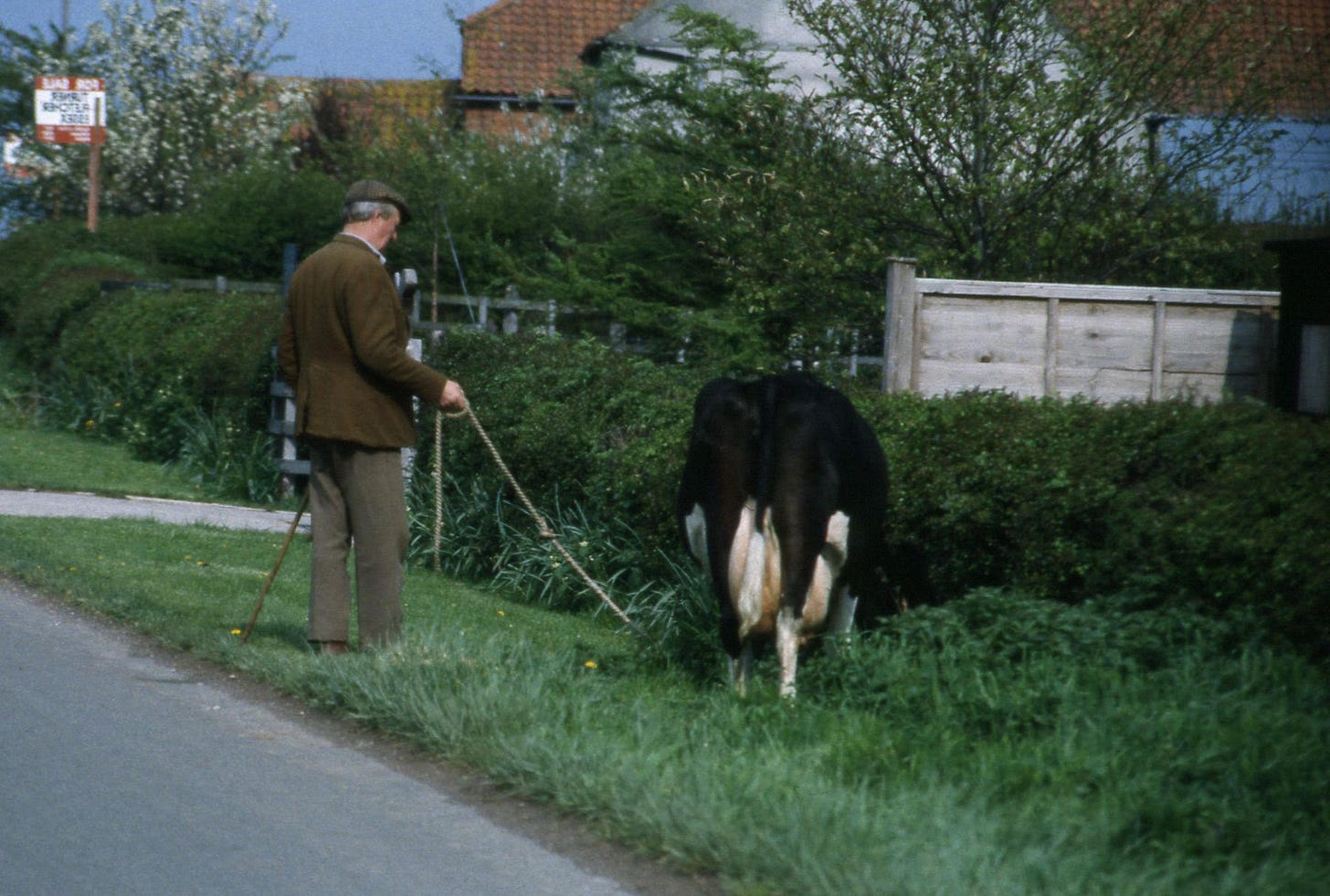
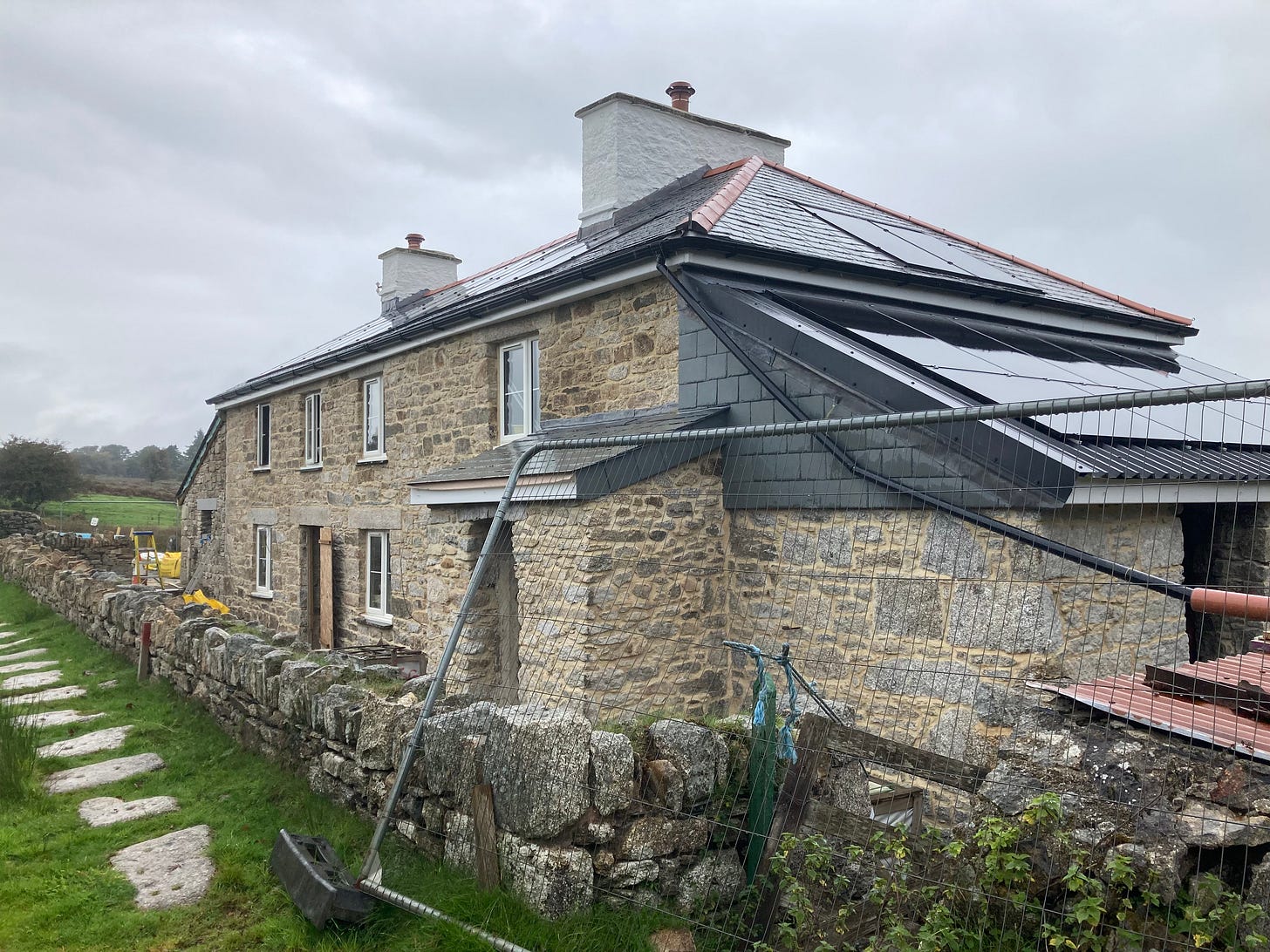
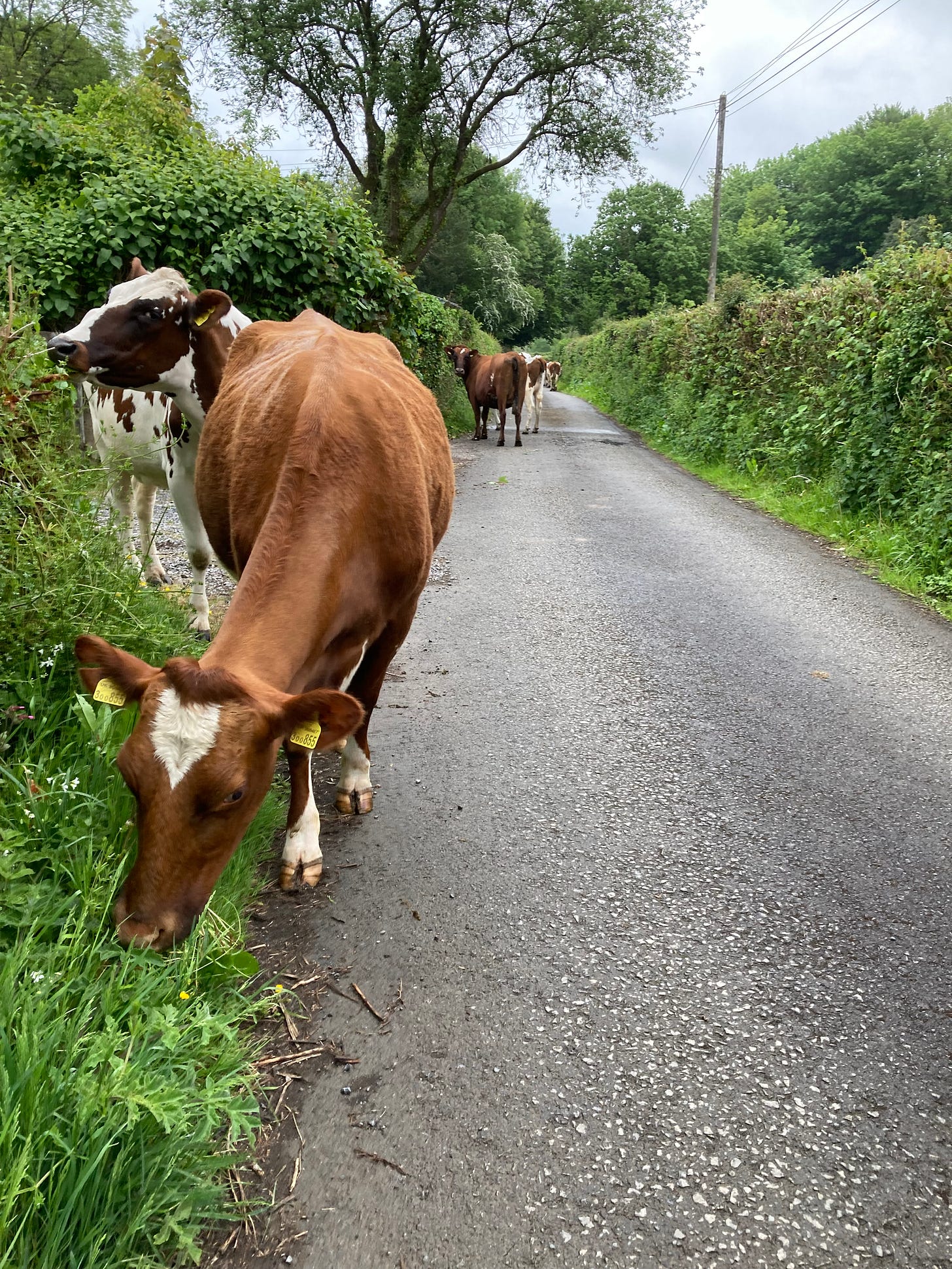
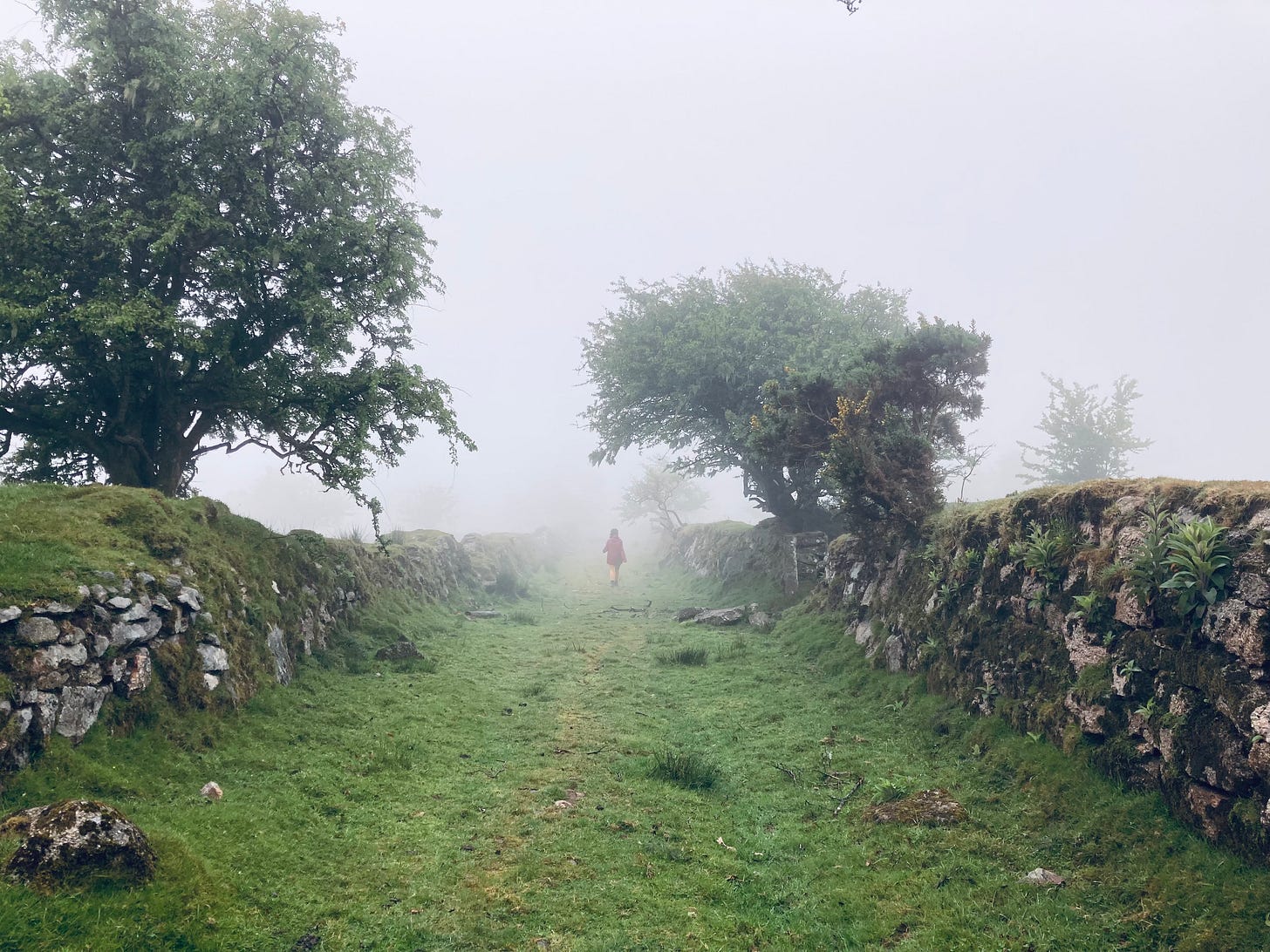

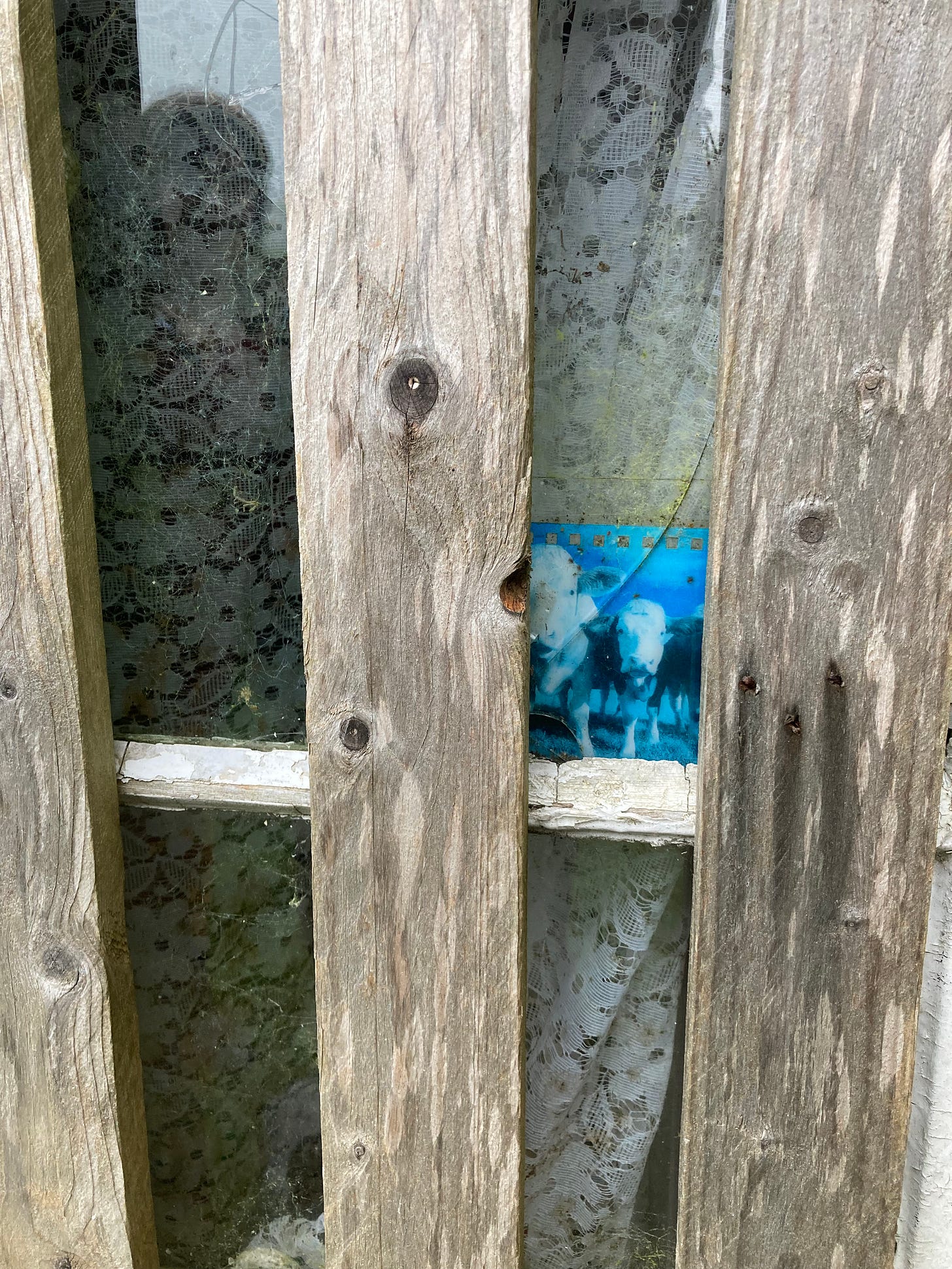
I suppose, being a butcher and dealing with the public, Tony had a certain tolerance for bullshit.